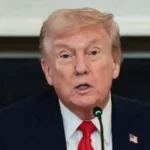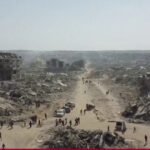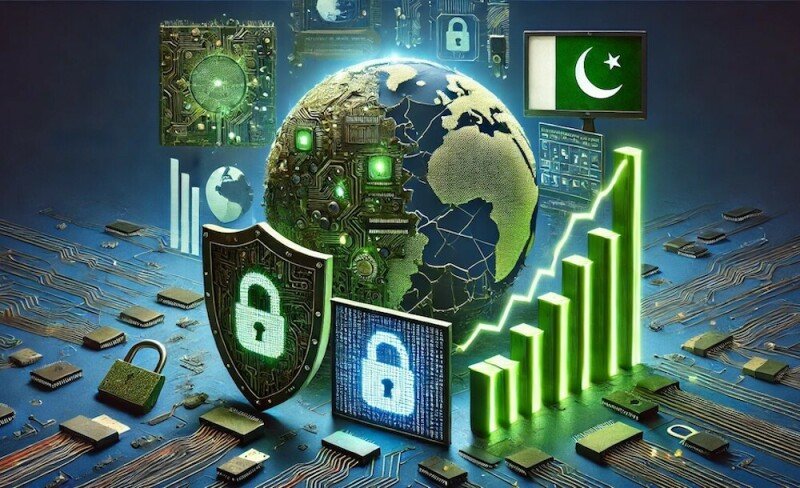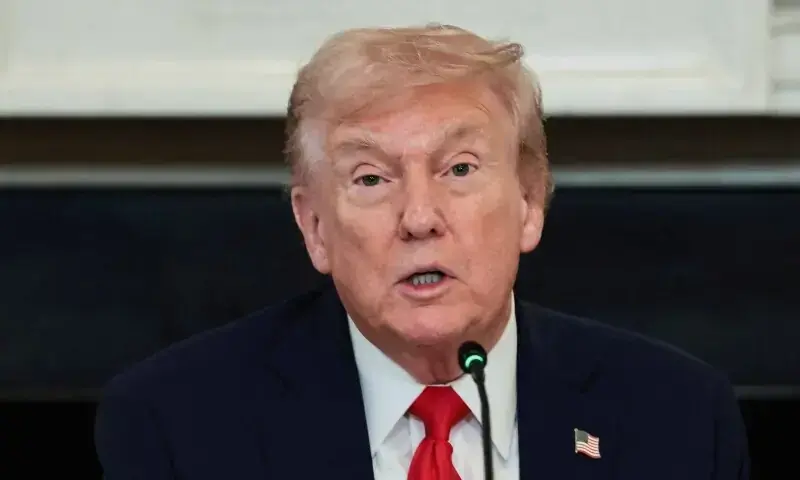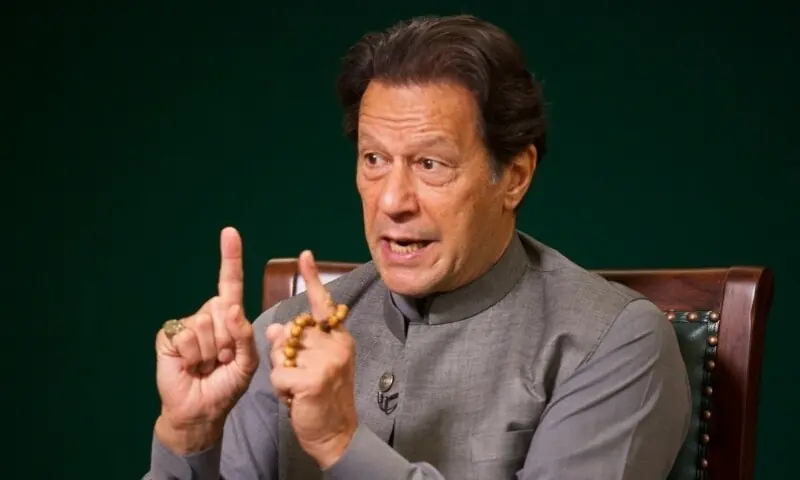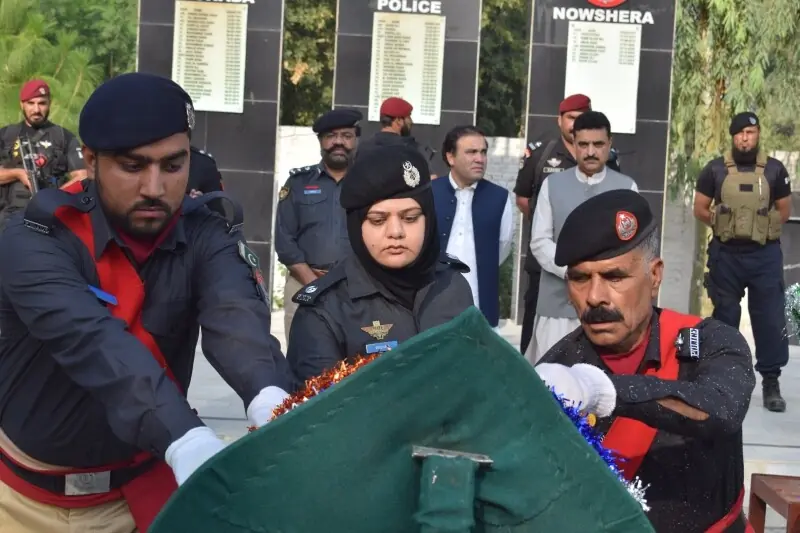The challenges Pakistan faces are formidable: some are of its own making; more difficult to address.
2024 was an eventful year for Pakistan. We have seen some successes (including a deal with the IMF and a return to macroeconomic stability, for now) and perhaps more setbacks, including continued political instability, democratic backsliding, and a worsening security situation.
The country faces formidable challenges in 2025. Here are five important issues it will need to confront head-on in the new year:
A growing security threat on multiple fronts
As many as 579 civilians were killed in 784 terror attacks in Pakistan in 2024, according to the South Asia Terrorism Portal, both higher than any year since 2015. Additionally, 383 security forces personnel were killed in these attacks, as well as in other operations. according to Inter-Services Public Relations (ISPR) Director General Lieutenant General Ahmed Sharif Chaudhry.
December 16 marked 10 years since the attack on an army public school in Peshawar in 2014, which claimed the lives of 147 people, including more than 130 schoolchildren. It became a turning point in Pakistan’s fight against terrorism.
In the following years, the terrorist threat against Pakistan diminished in the face of military actions, including Operation Zarb-i-Azb against Tehreek-i-Taliban Pakistan (TTP). But terrorism in Pakistan has resurfaced since the TTP found logistical space in Afghanistan after the Afghan Taliban took power in 2021, with attacks and deaths increasing each year. Pakistan has struggled to find a strategy to counter the TTP in recent years and has also been unsuccessful in pressuring the Taliban to contain the group.
The terrorist threat facing Pakistan evolved further in 2024 when the Baloch Liberation Army (BLA) operated on a larger scale and changed tactics: in Musakhel, on August 26, the BLA executed at least 23 Punjab workers after taking them down. of the buses and control them. their identity cards. In November, the BLA claimed responsibility for a suicide bomb attack that killed at least 26 people at the Quetta train station. Additionally, the insurgent group was also responsible for an attack in October outside the Karachi airport in which two Chinese workers were killed.
The government has announced the launch of kinetic action against the BLA. But the people of Balochistan say there is little response from the state to address their grievances, including the state’s heavy hand over decades and the distribution of Balochistan’s natural resources. Any coherent and comprehensive strategy for Balochistan will have to address citizen grievances while also taking decisive action against those who take up arms.
Both the BLA and the TTP require the attention and attention of the State. The two groups are different (in their goals, where they get support, where they recruit), compounding the challenge for the state. BLA and TTP attacks in Pakistan have also contributed to tensions with China and Afghanistan, respectively (discussed below). In 2025, a key challenge will be to address two fronts of insecurity (and others, including growing sectarian violence) simultaneously.
As if that were not enough, the State’s narrative on terrorism continues to be full of clichés and rigid and poorly worded condemnations; Pakistan’s leaders have not yet learned to speak frankly and clearly about the terrorist threat facing the country.
Foreign policy tensions
Pakistan’s security issues, and in particular BLA attacks on Chinese targets, pose a direct threat to Pakistan’s relationship with China and the future of the China-Pakistan Economic Corridor (CPEC). China recently told Pakistan in no uncertain terms that security threats are “unacceptable” and represent a “constraint” on the CPEC.
The TTP attacks, in turn, have caused tensions to escalate with Pakistan’s western neighbor Afghanistan, which has refused to rein in the group. Pakistan has few good options when it comes to dealing with the TTP. On December 24, it directly attacked TTP targets in Afghanistan, reportedly killing 46 people. The Afghan Taliban responded with retaliatory attacks across the border into Pakistan a few days later.
Pakistan is also facing a difficult situation on the American front. The US-Pakistan relationship struggled to find footing during the Biden years and has hit a low point following the US withdrawal from Afghanistan. One of the Biden administration’s final decisions for Pakistan was to impose sanctions on four Pakistani companies (state and private) that supply Pakistan’s ballistic missile program. The second Trump administration brings uncertainty, but not much hope for improving bilateral relations.
Pakistan is in a difficult situation in its relations with both the United States and China. Ultimately, the security problem plaguing its bilateral relationship with China may be easier to address than the bigger problem facing its relationship with the United States: the lack of a solid foundation for a partnership.
Zero sum policy
Pakistan’s zero-sum political crisis that began almost three years ago with the overthrow of Imran Khan continues, with deleterious effects. Protests, arrests, military trials, repression and a marred election afterwards are no closer to a resolution.
The government (and the military) view and treat political opposition as an existential threat. This type of policy has resulted in democratic backsliding, a deeply polarized society, a state consumed with thwarting the political challenge posed to it rather than the task of governing, and negative consequences for the economy. Furthermore, the argument that the political opposition is engaging in online “digital terrorism” has diverted attention from the very real terrorist nightmare facing the country.
The solution to this political challenge will ultimately have to be political. The PTI protests have achieved nothing more than showing popular support for the party. The government will have to recognize that it has a political opposition that remains incredibly popular. It seems that a dialogue has begun between the two parties; reaching some kind of conclusion should be a key goal by 2025.
It is crucial that the current ruling regime recognizes that healthy political contestation and accountability will help all political actors in Pakistan in the long run, and are necessary to help the country progress.
Strangling the Internet
The state has resorted to a series of forceful measures to curb online dissent and opposition political mobilization, from banning social media platforms, particularly X (formerly Twitter), to throttling the Internet and erecting a so-called “firewall.” . These measures clearly threaten Pakistan’s growing technology industry and, in turn, its economy.
The state has denied some of these measures, including the firewall and limiting Internet speed, but its statements betray a deep suspicion and paranoia towards the online space (which the opposition has proven to be particularly effective in using, including for the 2024 elections).
The state’s actions are causing cumulative losses for Pakistan’s technology industry. Technology exports totaled $3.2 billion during the year ending June. An estimated 300,000 freelancers in the country work in the tech sector, and hundreds of thousands more rely on internet-based businesses, such as ride-sharing apps, for their income. One estimate suggests Pakistan’s Internet firewall could cost the economy at least $300 million.
It is ironic that the same government that maintains that political stability is necessary for economic growth is, through online repression, damaging a powerful engine of that growth. And in a global economy where an advantage in the technology sector is crucial, to say the least, it is a deeply regressive approach.
Democratic decline
The state’s response to Pakistan’s political crisis has accelerated the country’s democratic decline. At the end of the PDM’s first term in power in 2023, the Economic Intelligence Unit It had already demoted Pakistan to the category of “authoritarian regime.”
The setback continued into 2024 following February’s general election, which itself was marred by accusations of rigging. Ironically, the polls had become controversial even before election day: months unconstitutionally late, the leader of arguably the country’s most popular party, the PTI, in prison, and the party forced to participate in the elections without its symbol. electoral.
Months later, the judiciary, which had served as an important (if inconsistent) check on the excesses of the state, was weakened by the 26th amendment, which gave Parliament the power to select the chief justice.
Meanwhile, the civilian government appeared to cede more space to the military, extending the army chief’s term to five years (with the possibility of a second term as well). The way in which these changes were quickly approved by Parliament was as significant as the substance of these changes.
A key challenge for 2025 and beyond – and perhaps the most elusive – will be for Pakistan’s political parties to work together to prevent further democratic deterioration. The current civilian regime may not have the will or see the incentive to do so at the moment, but the long-term health of Pakistan’s democracy is also necessary for its survival.
Priorities, priorities
In short, the challenges facing Pakistan are formidable: some are of its own making; more difficult to address. The two it can address head-on next year are its political crisis and its security challenges.
Addressing the political crisis will not be an easy task, but it is crucial because its ripple effects will alleviate the other challenges described above, including internet restrictions and broader democratic decline. This would give the government space to also address the country’s security challenges.
In terms of security, the State must be prepared to combat terrorism with force on multiple borders, while doing everything possible not to further alienate the population that is likely to be affected by these measures.

